NYC Gets Rare Look at María Félix, the Rebel Queen of Mexican Cinema
MoMA honors Mexican screen legend María Félix with 'La Doña' retrospective, showcasing 13 films of the iconic actress who defied stereotypes.
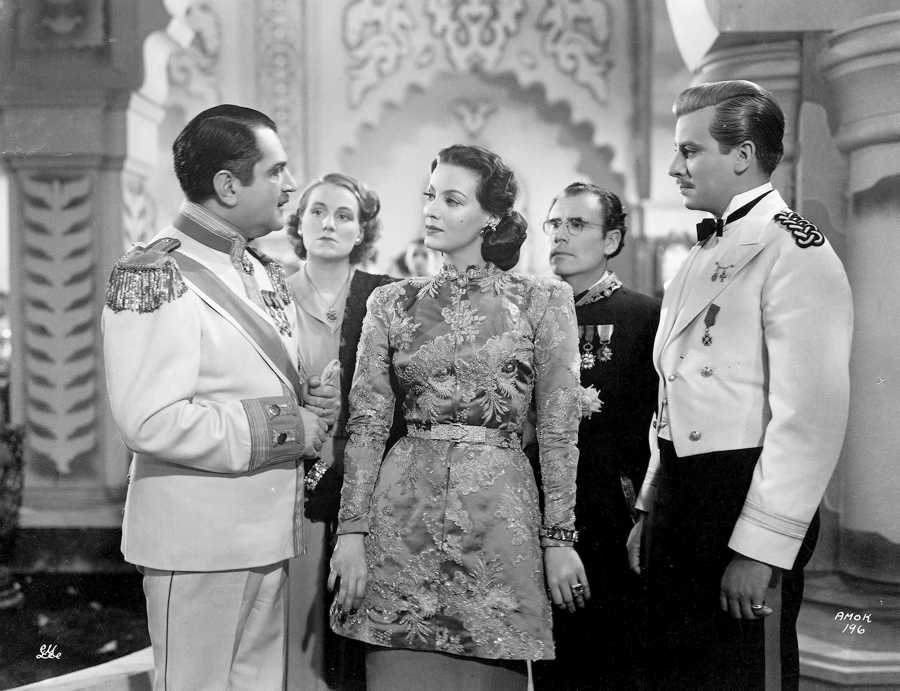
Long before Hollywood’s leading ladies demanded equal pay and shattered glass ceilings, there was María Félix—Mexico’s fiery silver-screen goddess who redefined power, beauty, and unapologetic femininity in an era dominated by machismo.
Now, the Museum of Modern Art (MoMA) is paying tribute to the legendary actress with “María Félix: La Doña,” a 13-film retrospective running from July 11 to 27, showcasing the digitized glory of one of cinema’s most indomitable stars.
Born María de los Ángeles Félix Guereña in 1914, the Sonora-born starlet didn’t just act—she ruled. With 47 films under her belt, Félix became the face of Mexican cinema’s golden age, earning international acclaim and a reputation as a woman who played by no one’s rules but her own.
Her roles were as bold as her personality—defiant, seductive, and utterly fearless—whether she was taming wild frontiers in Doña Bárbara (1943) or breaking hearts in Enamorada (1946). Directors like Emilio Fernández and Julio Bracho immortalized her as the quintessential strong-willed heroine, a rarity in mid-century storytelling.
But Félix wasn’t just a screen siren—she was a self-made myth. As Nobel Prize-winning poet Octavio Paz once wrote: “María Félix invented herself. She wasn’t just born—she was crafted by will, genius, and an unshakable vision of who she would become.”
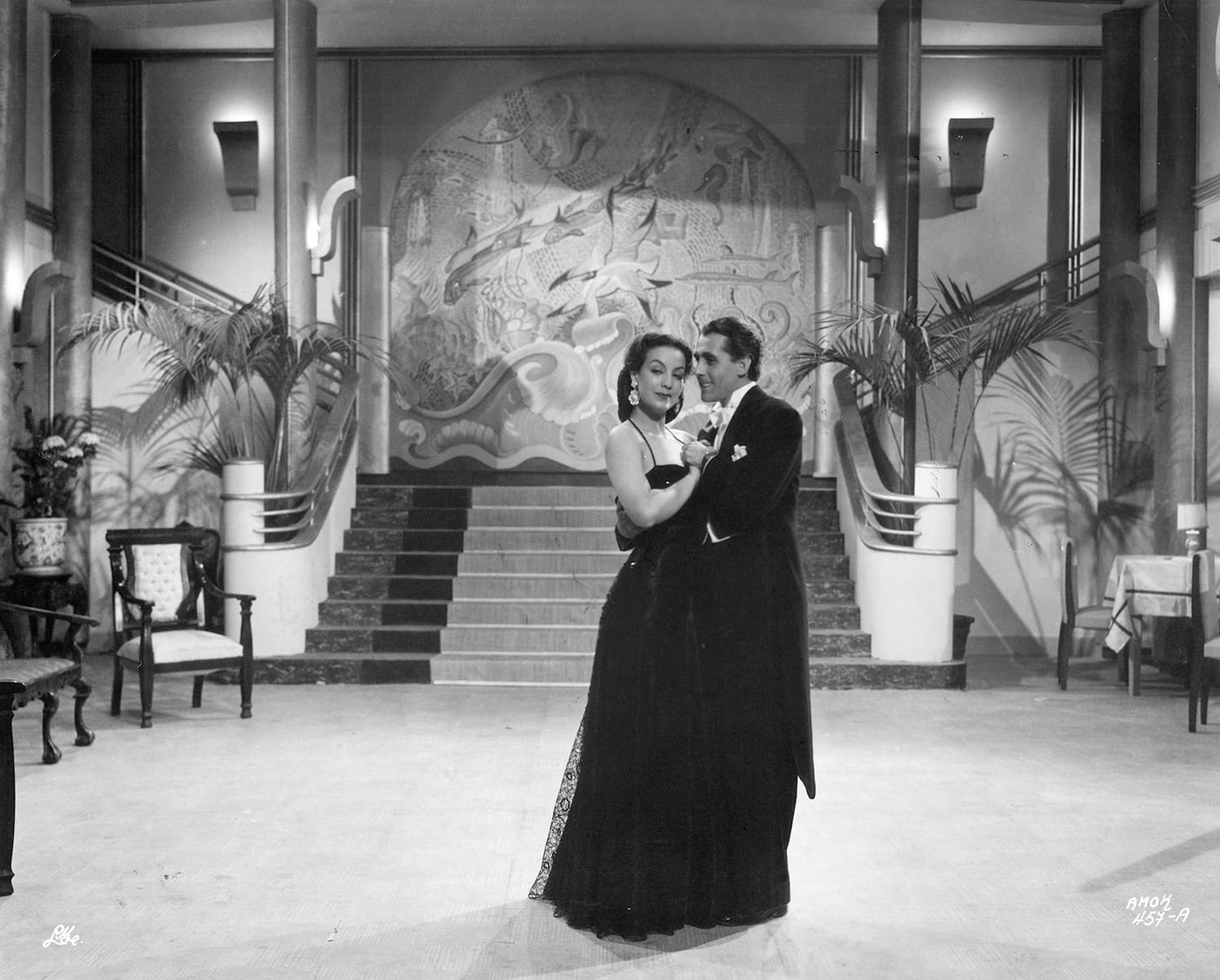
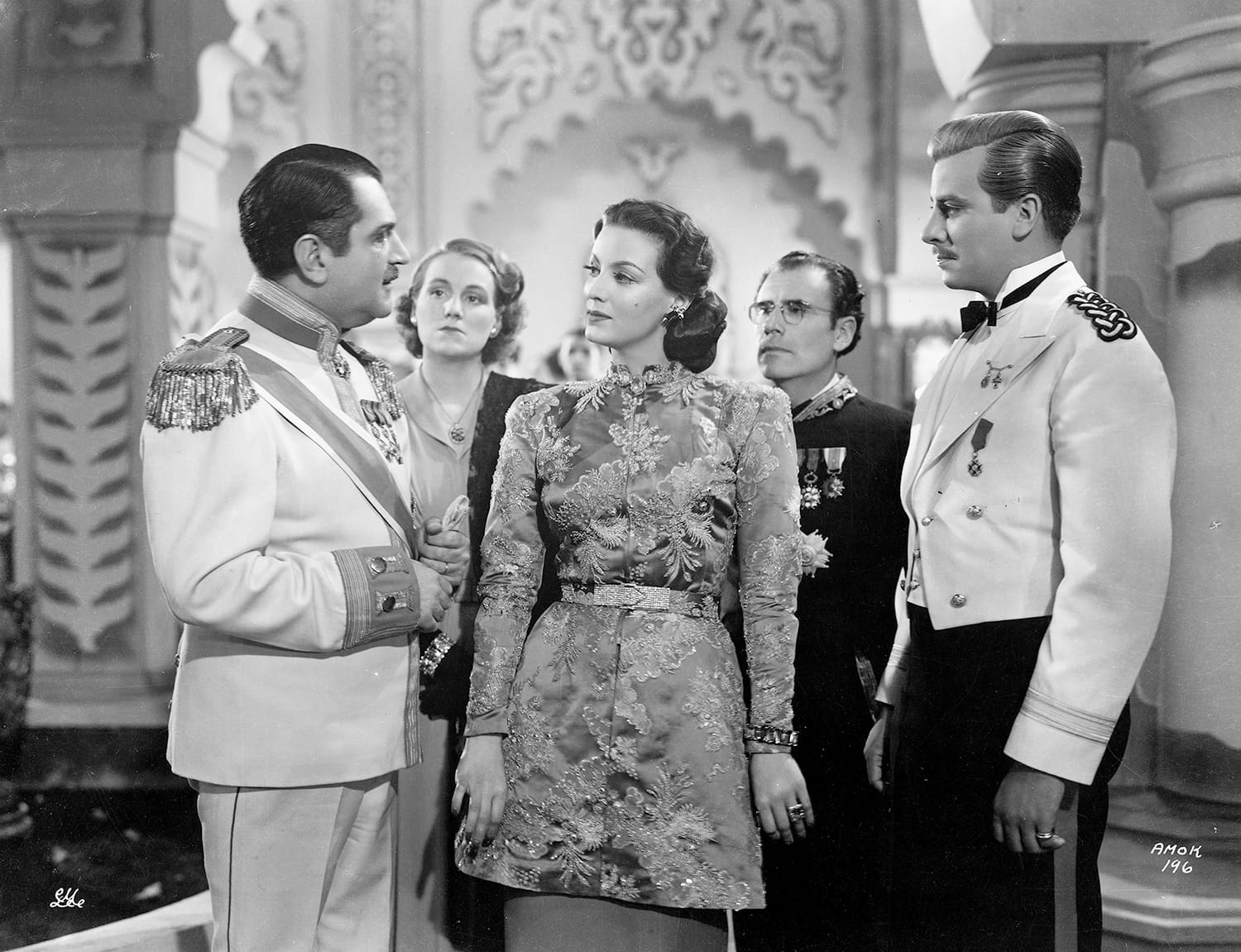
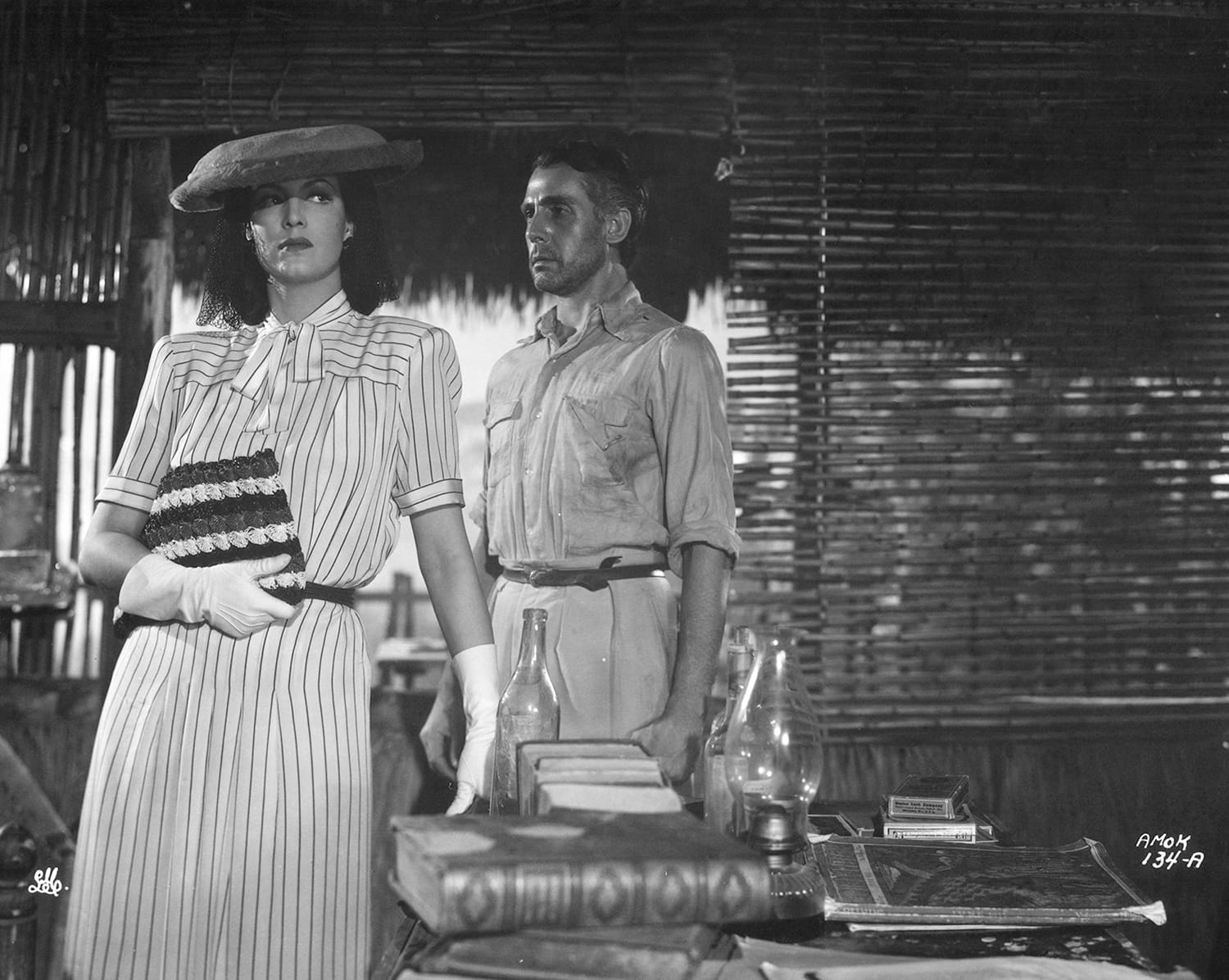
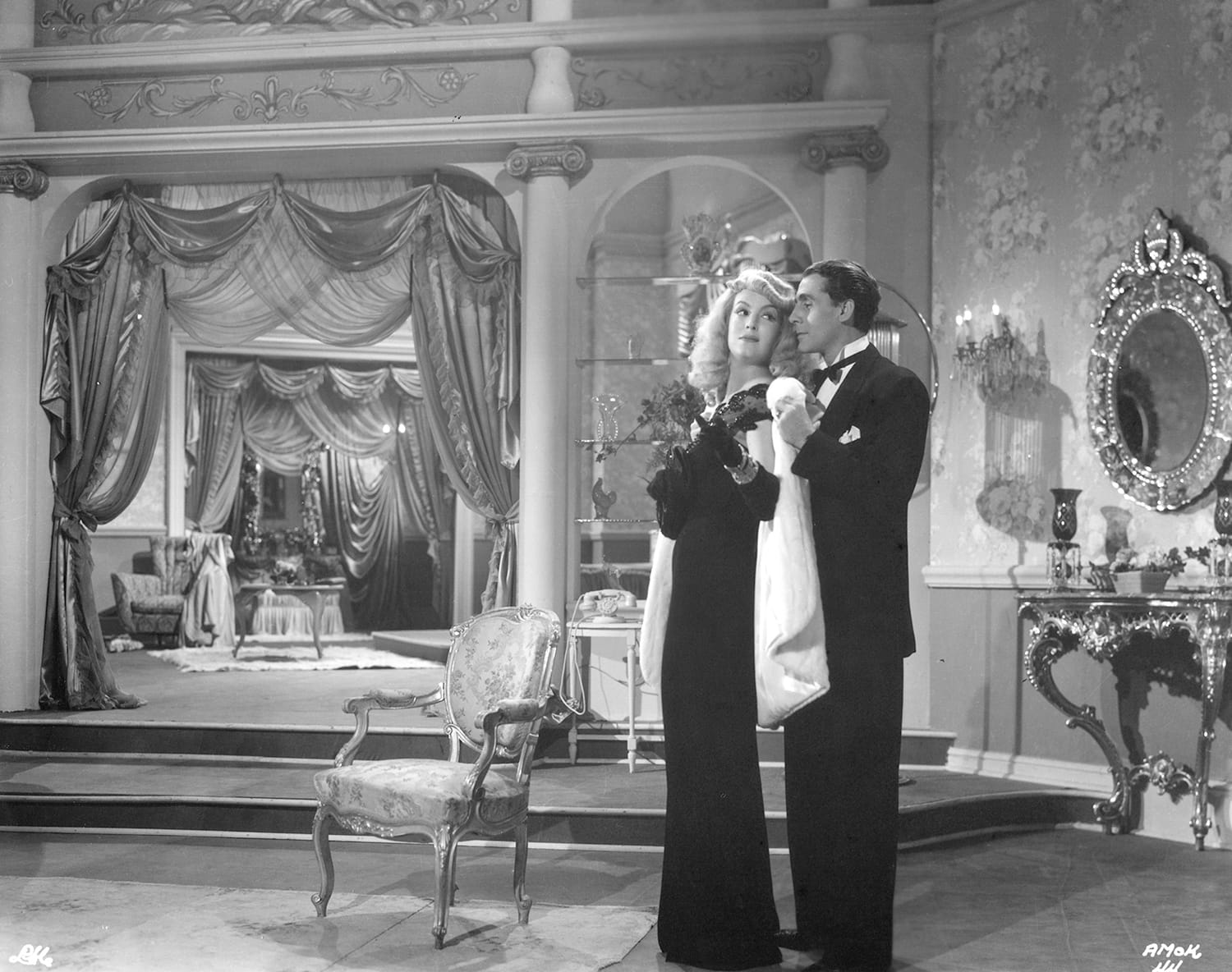
Feeling a little Amok this week? Same, María, same. Catch this classic melodrama and see how "La Doña" handles chaos with unparalleled grace. Credit: UNAM
Moma’s Must-See Lineup
The retrospective, co-organized by Morelia International Film Festival (FICM), Filmoteca UNAM, and Cineteca Nacional, brings together digitized classics that highlight Félix’s range—from tragic romances to ruthless femme fatales.
Highlights include:
- Doña Bárbara (1943) – The film that cemented her as “La Doña,” a fierce landowner who bows to no man.
- Enamorada (1946) – A revolutionary love story pairing her with Pedro Armendáriz in one of Mexican cinema’s most iconic duos.
- The Kneeling Goddess (1947) – A noirish tale of betrayal and revenge.
- Tizoc (1957) – Her Golden Globe-winning turn as an indigenous woman caught in a heartbreaking romance.
The series also features rarities like Jean Renoir’s French Cancan (1955), proving Félix’s allure transcended borders.
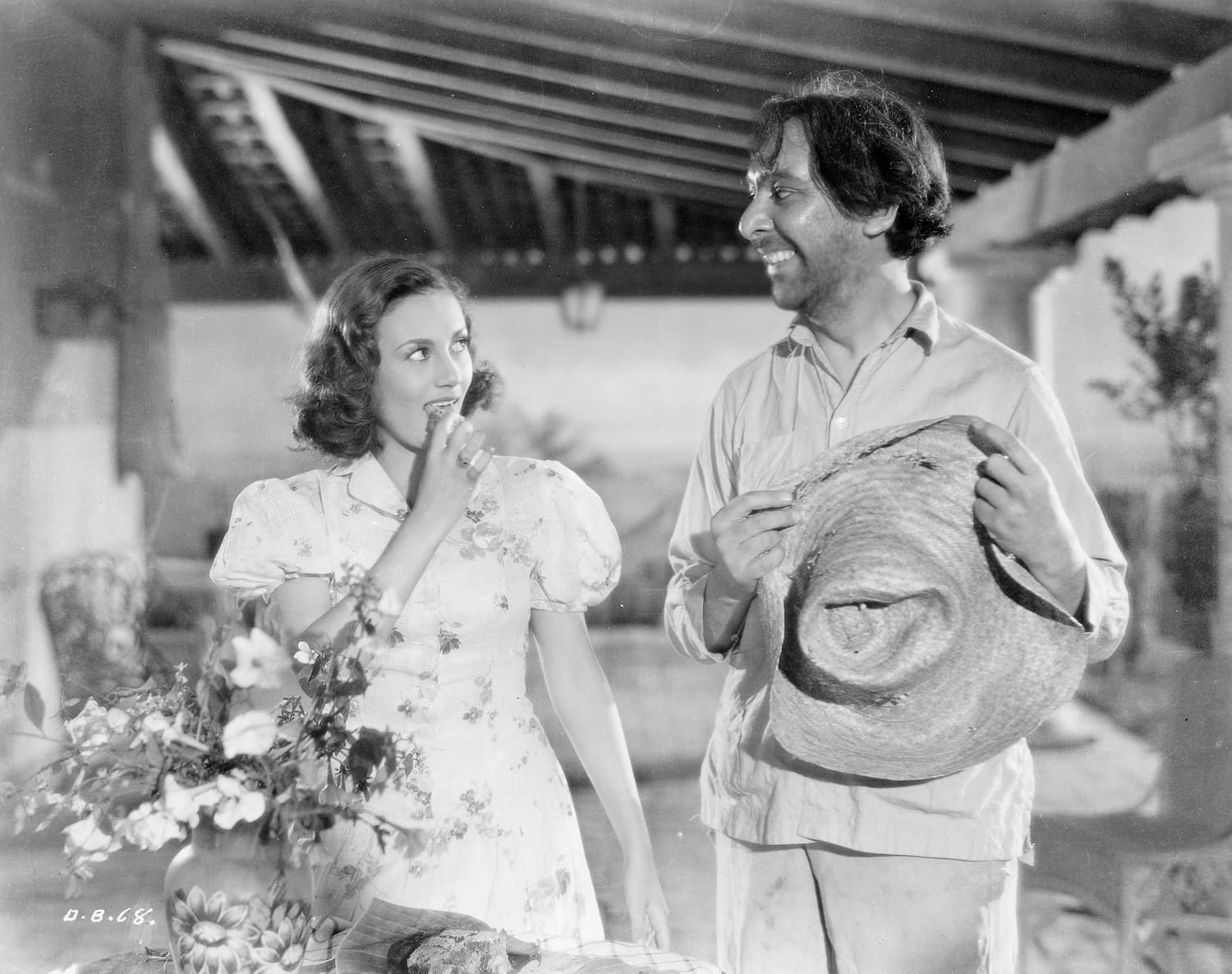
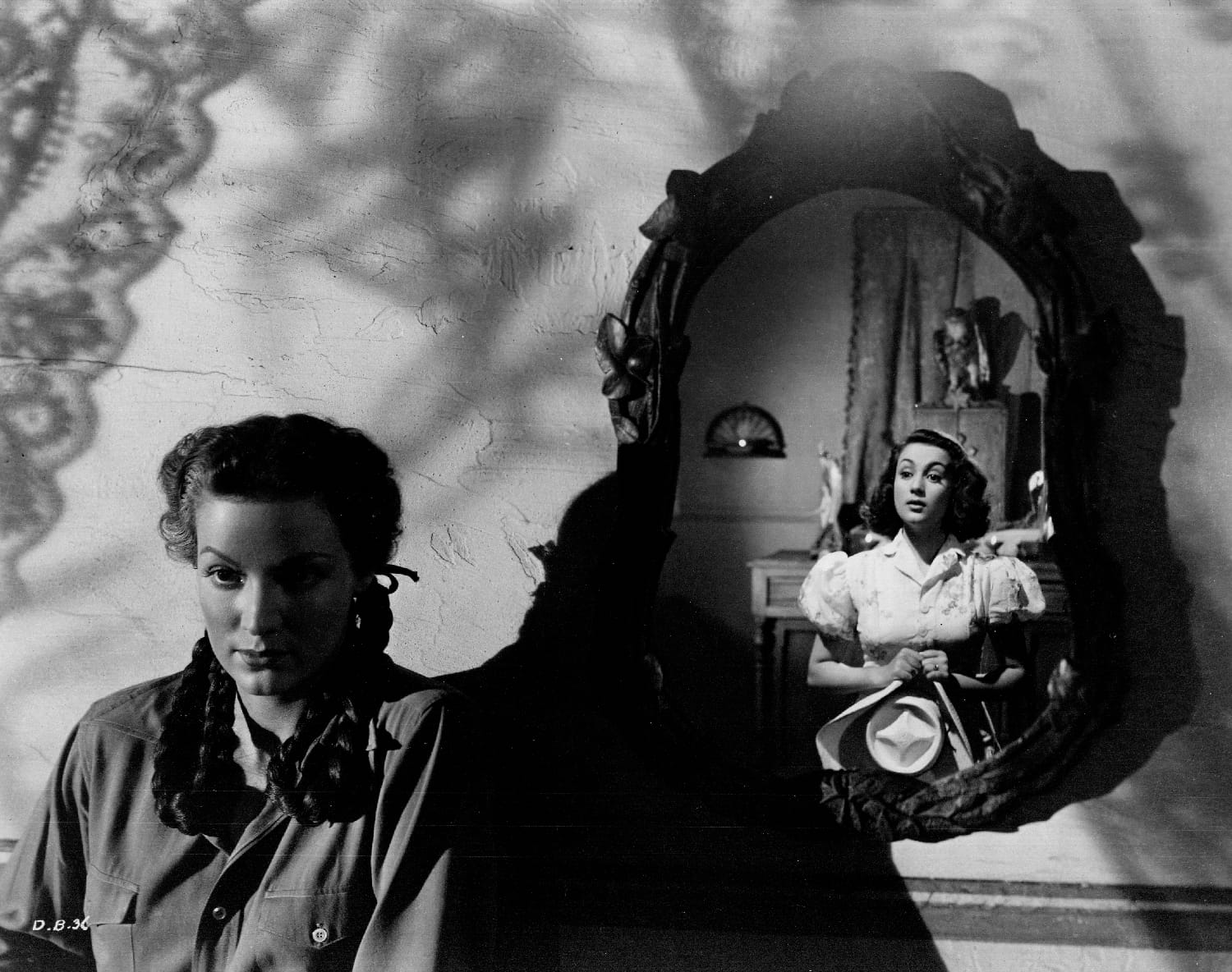
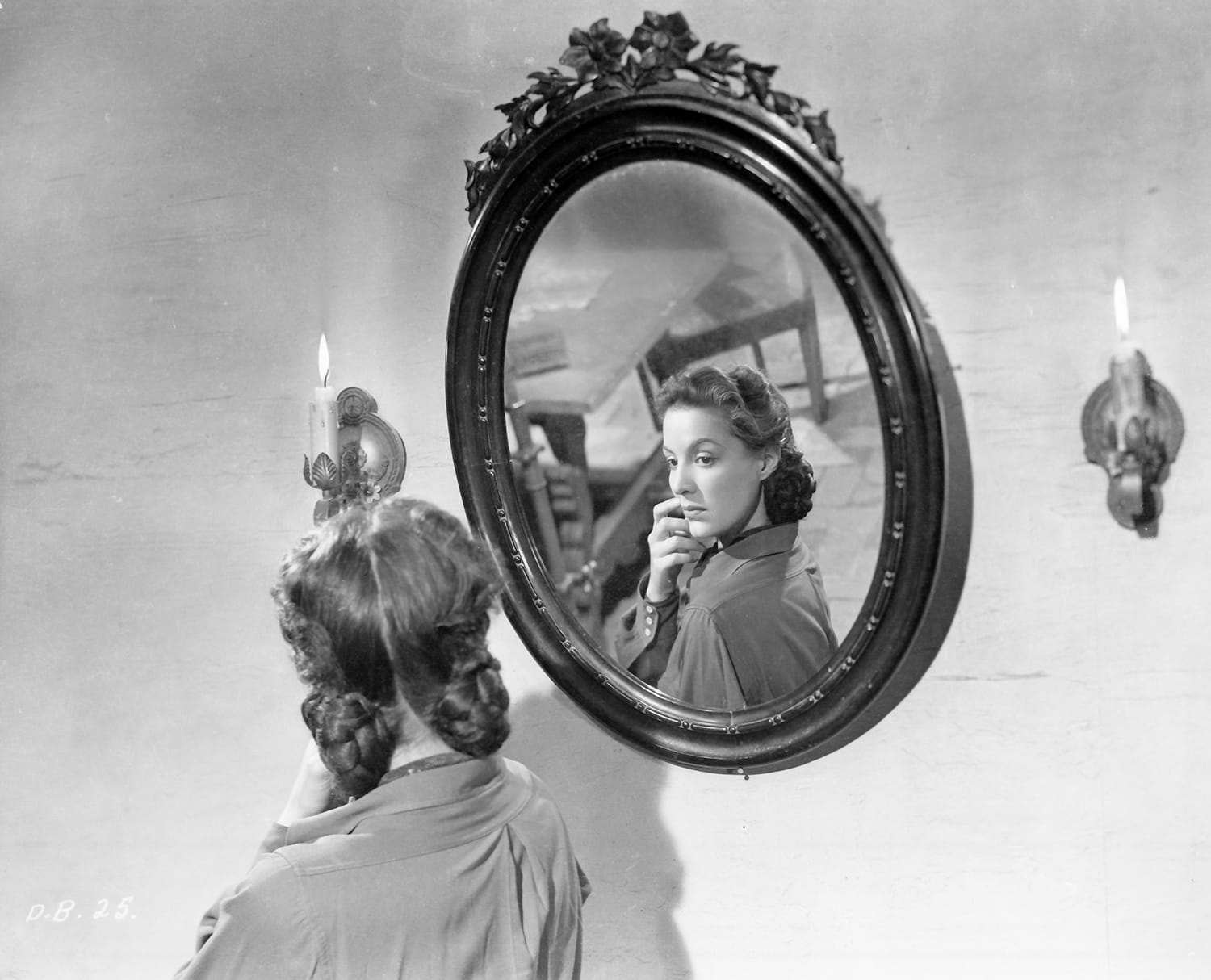
Bow down, peasants! Before strong female leads were a thing, there was María Félix as Doña Bárbara. She didn't just own the land, she owned every scene. Catch this iconic performance at MoMA. Credit: UNAM
Don’t Miss It
Even decades after her last film, Félix remains a cultural force. Designers like Jean-Paul Gaultier and Yves Saint Laurent idolized her. Diego Rivera painted her. And her larger-than-life persona—complete with pet tigers, high-profile romances, and a refusal to conform—still captivates.
“She wasn’t just an actress—she was an event,” said film historian Carlos Monsiváis. “When María walked into a room, the world stopped. And when she left, it was never the same.”
For cinephiles, this is a once-in-a-generation chance to see Félix’s brilliance on the big screen. MoMA’s screenings will include restored versions, many never before seen in the U.S.
When: July 11-27, 2024
Where: Museum of Modern Art (MoMA), NYC
Tickets & Info: www.moma.org
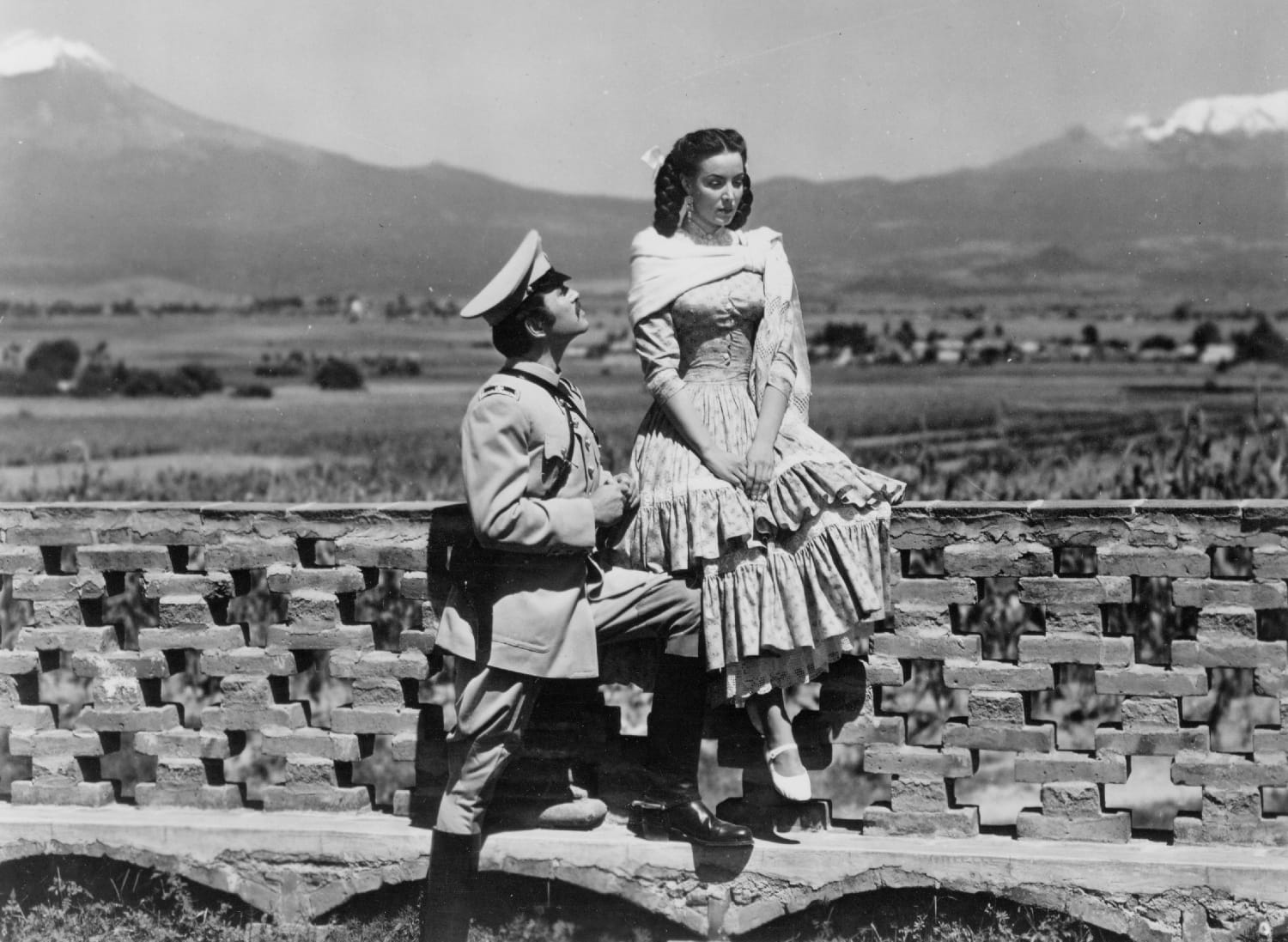
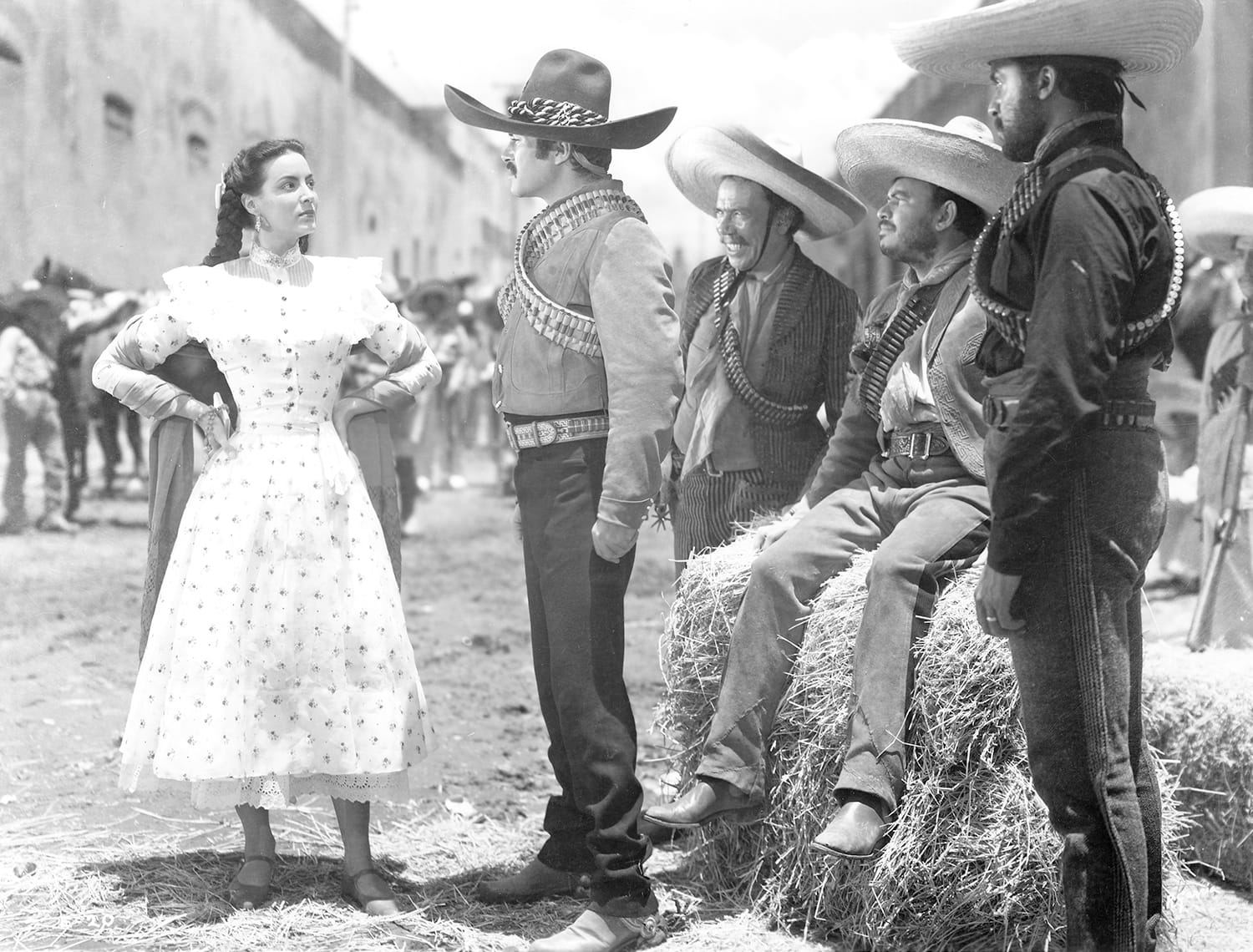
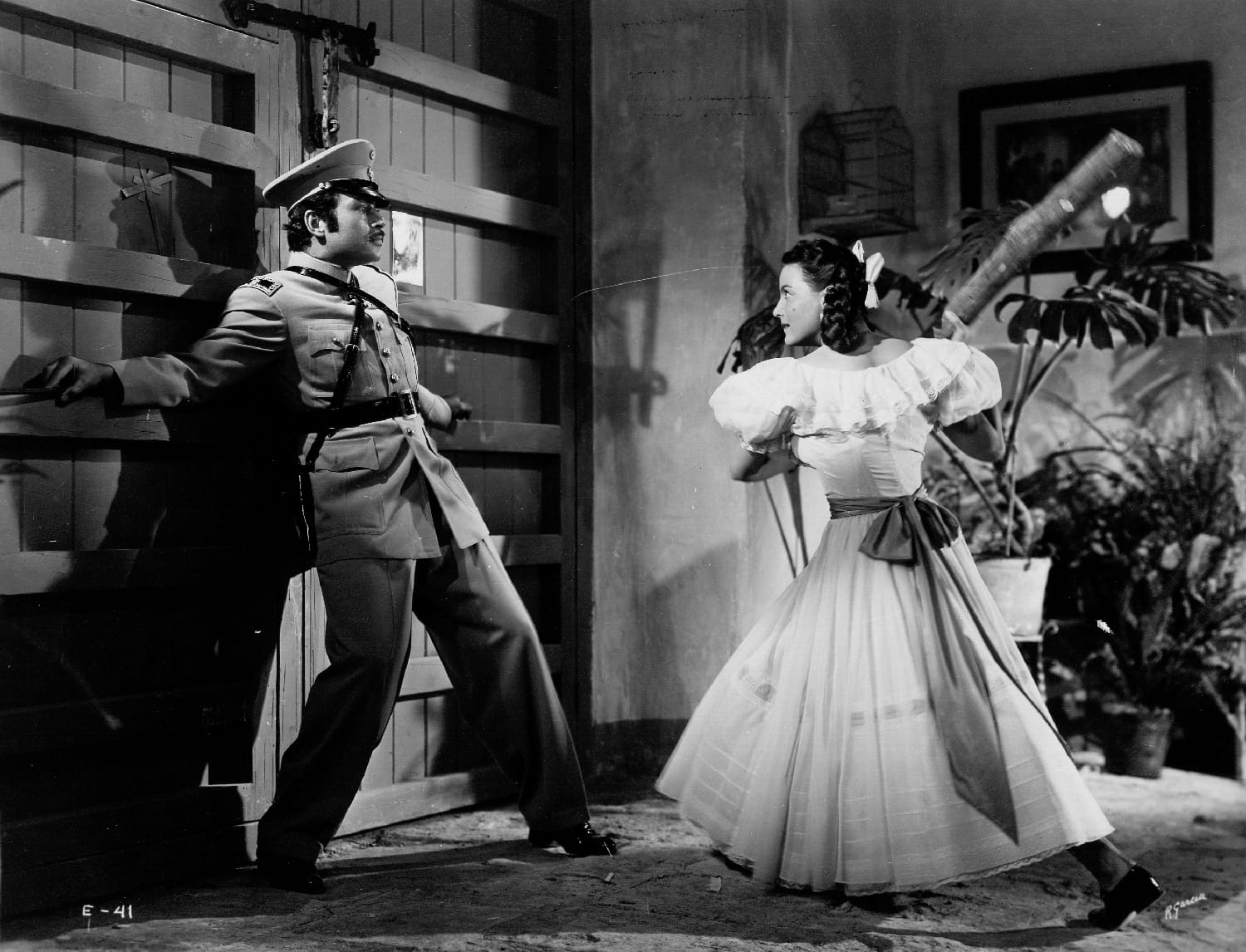
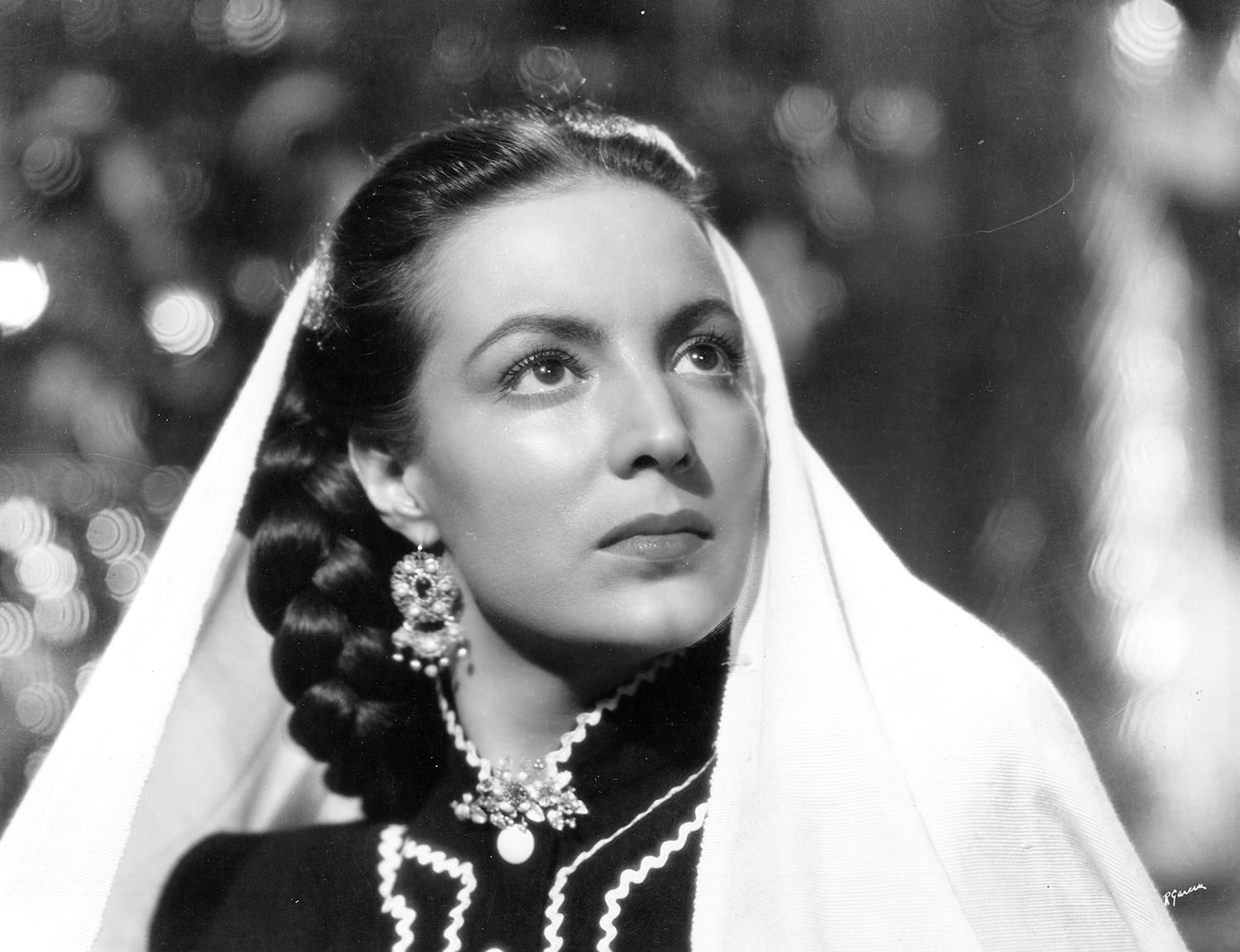
When "strong, brave, and determined" meets "hopelessly in love"... you get María Félix in Enamorada. It's complicated, gorgeous, and playing at MoMA. Credit: UNAM
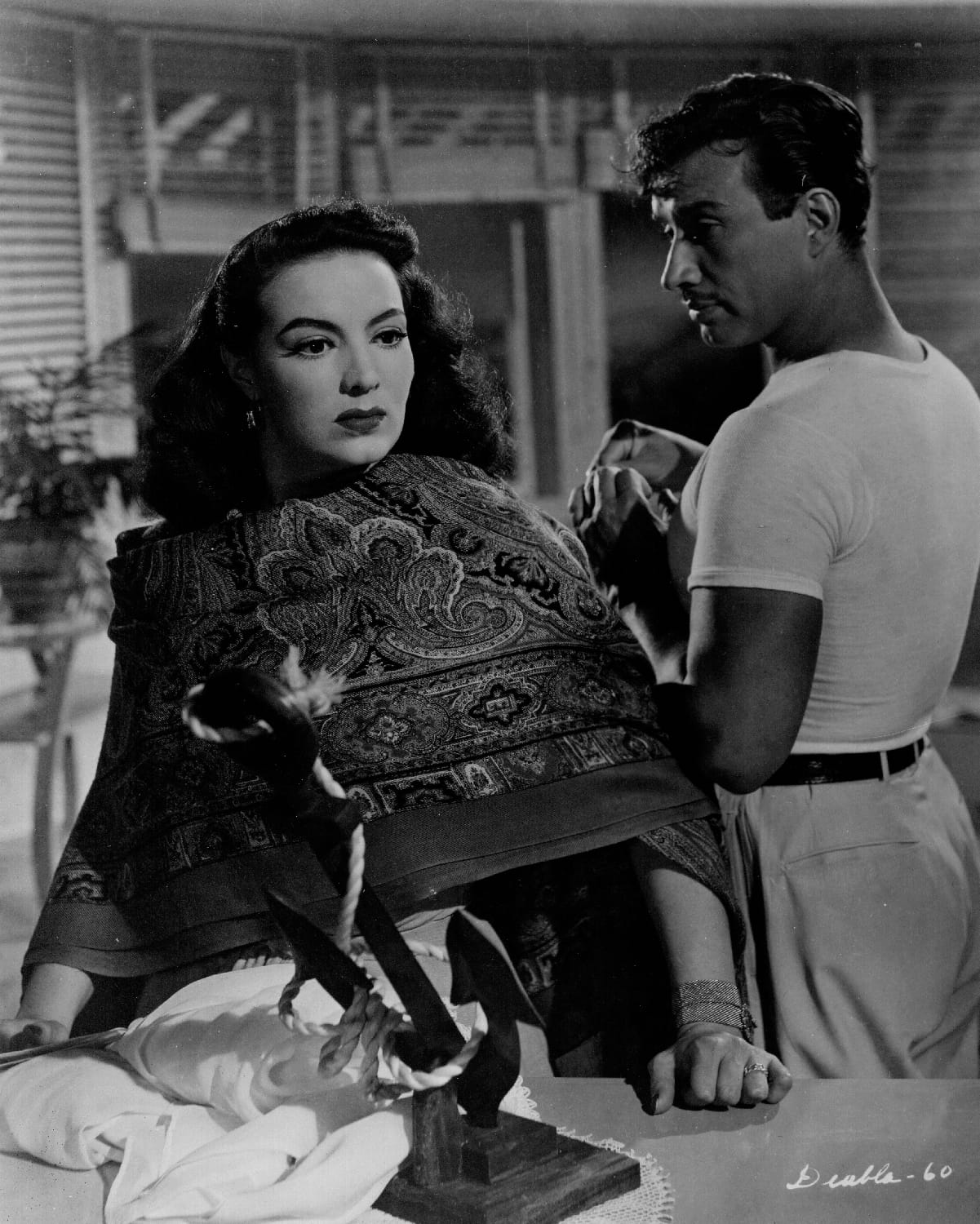
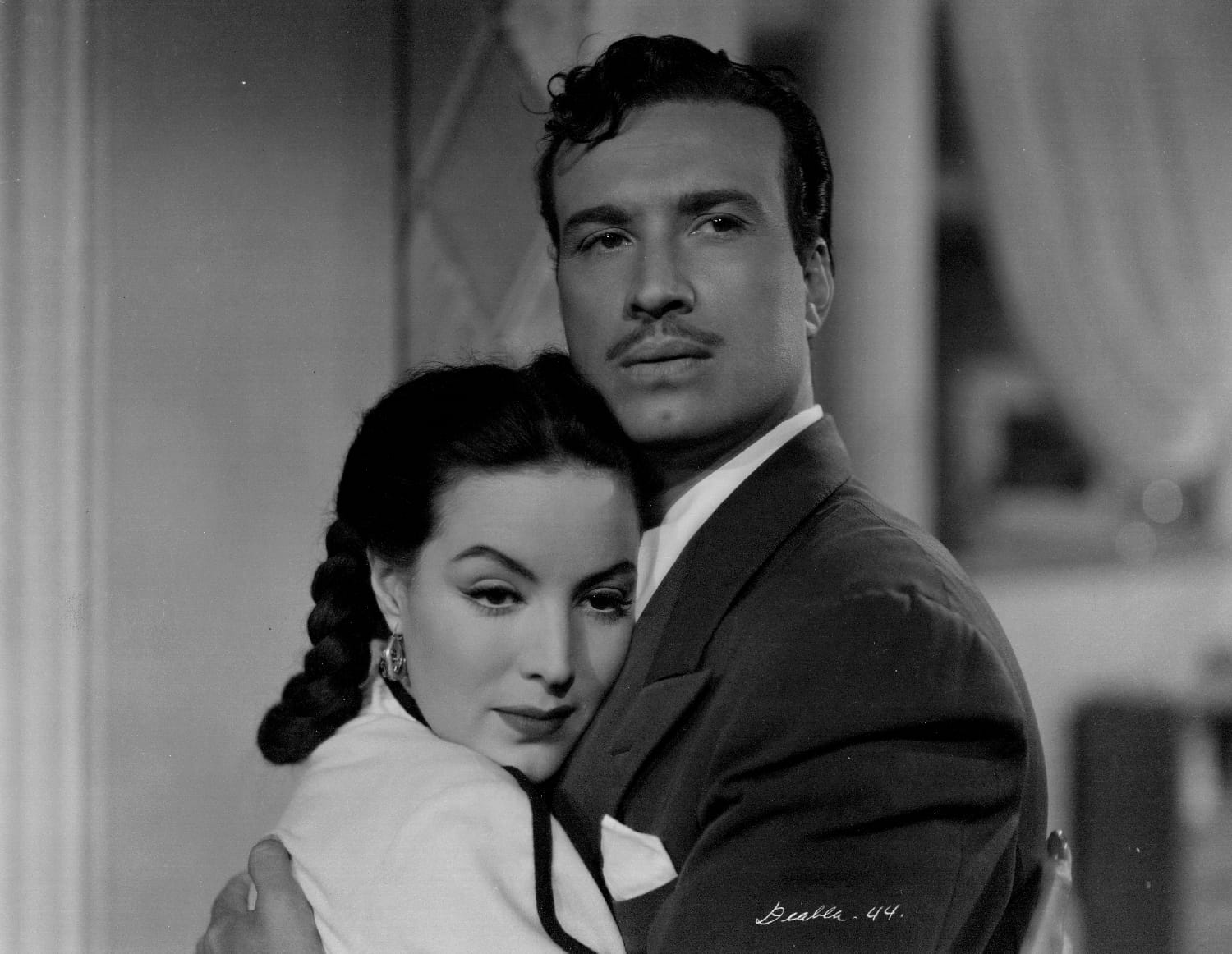
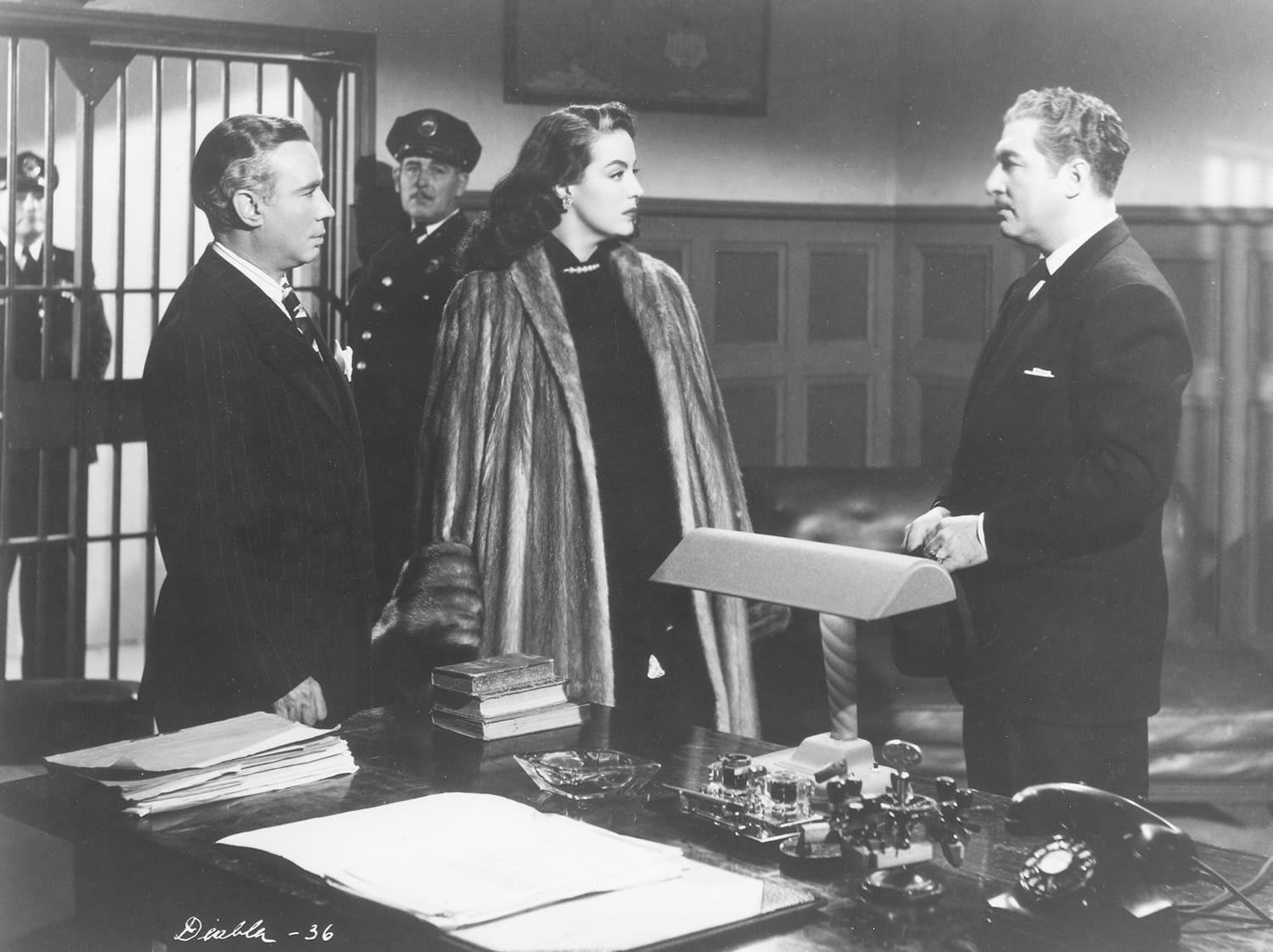
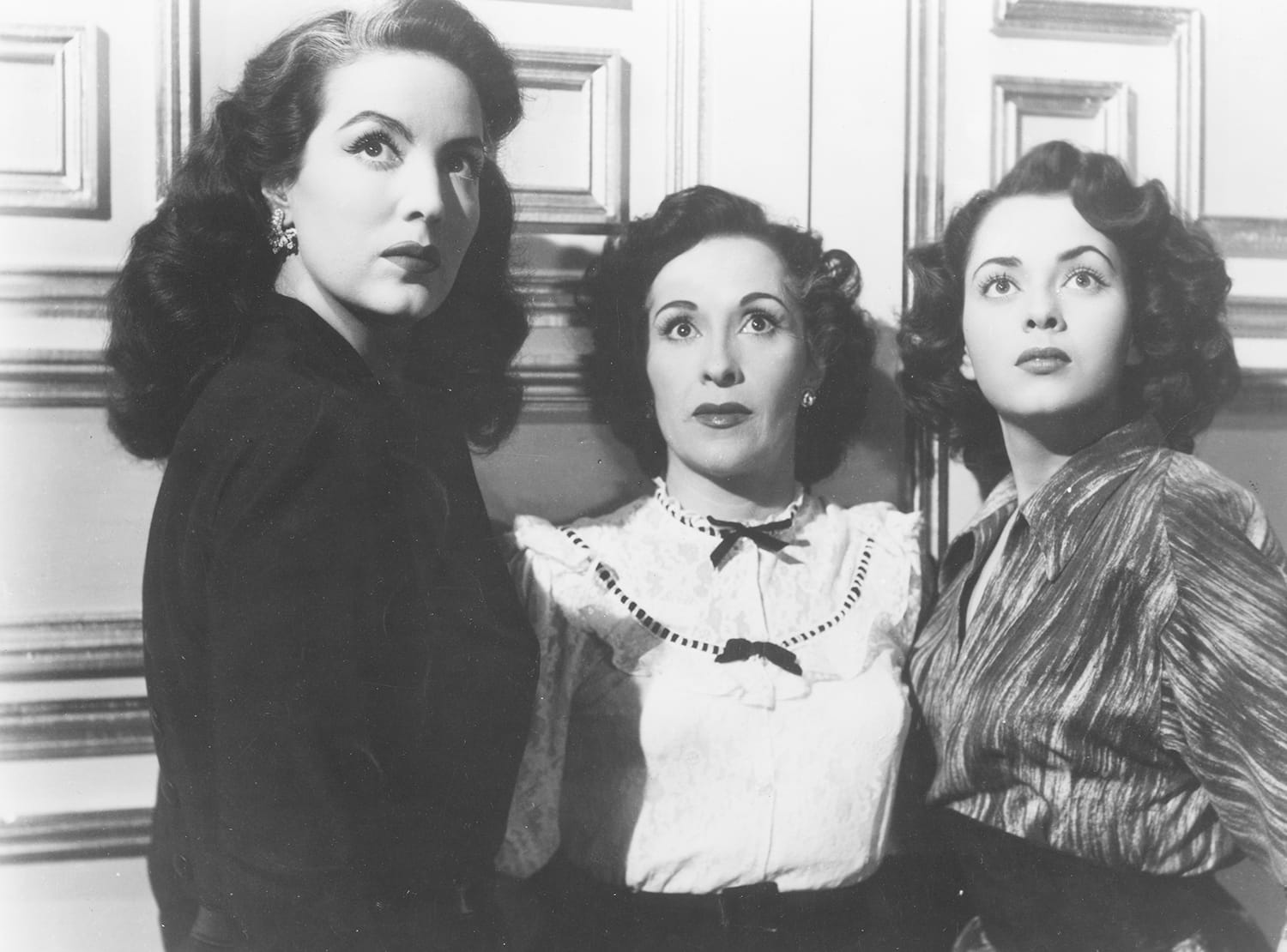
Tired of being underestimated? Take a page from María Félix's Doña Diabla playbook. She's not just powerful, she's practically supernatural. Don't miss this iconic role at MoMA. Credit: UNAM
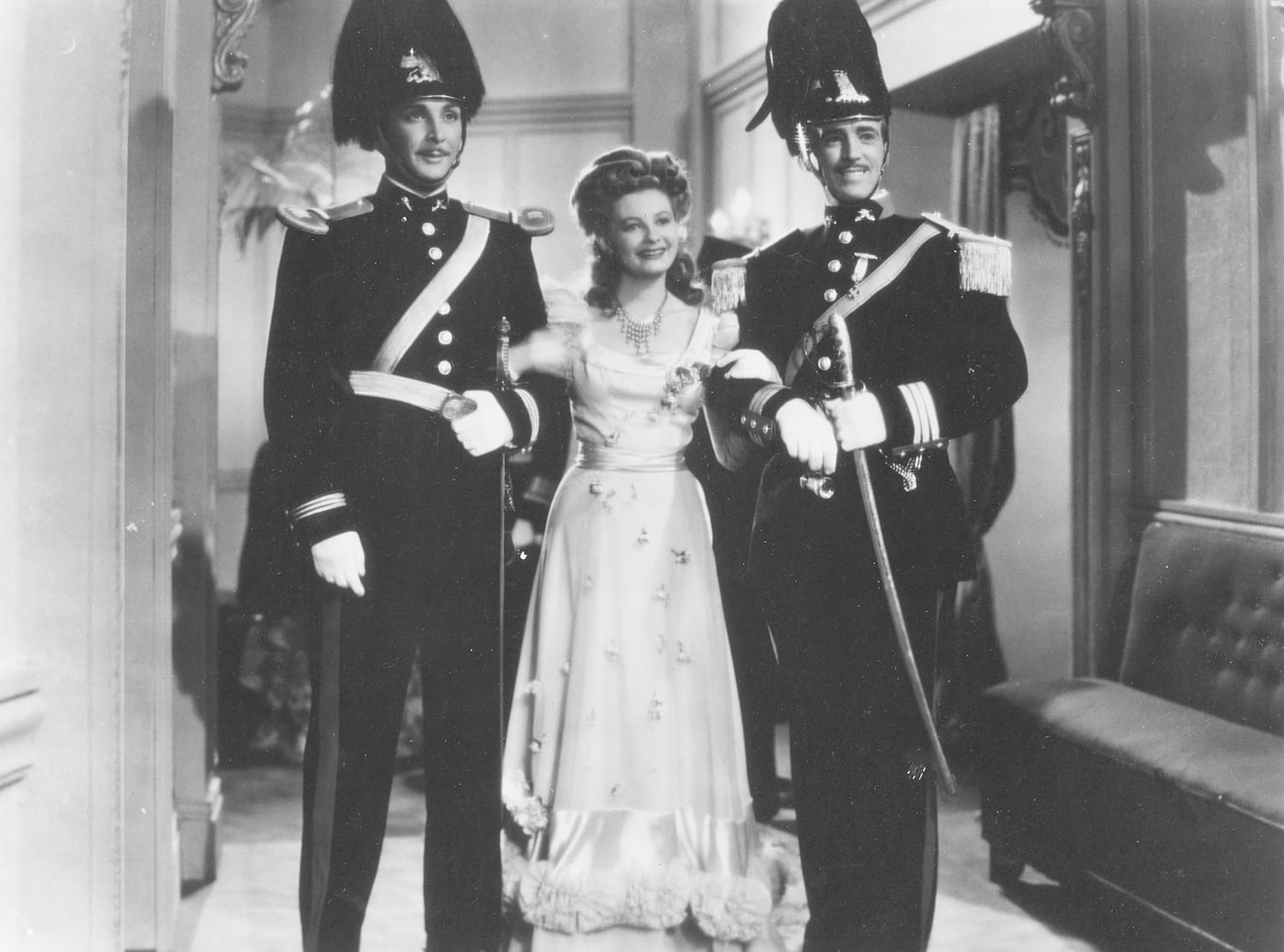
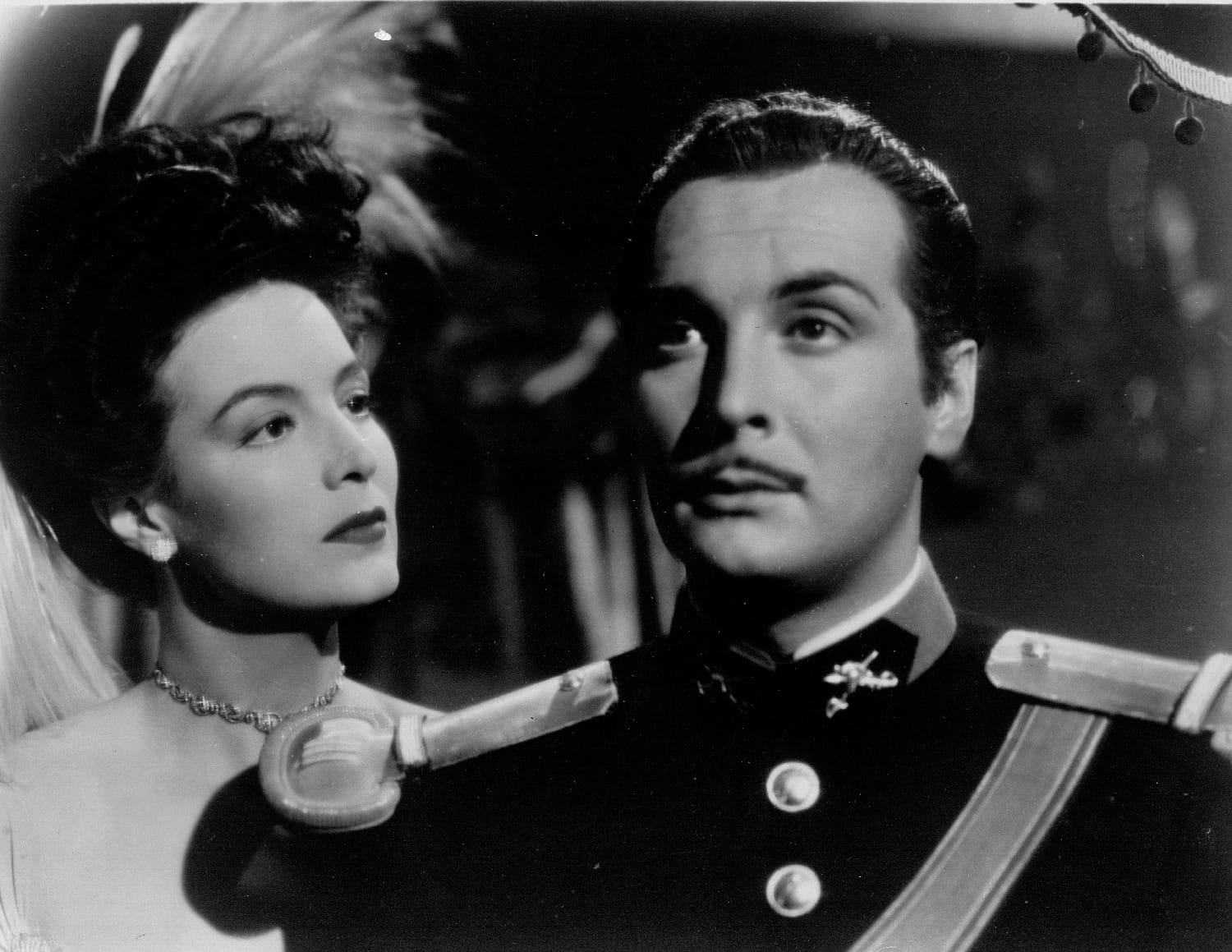

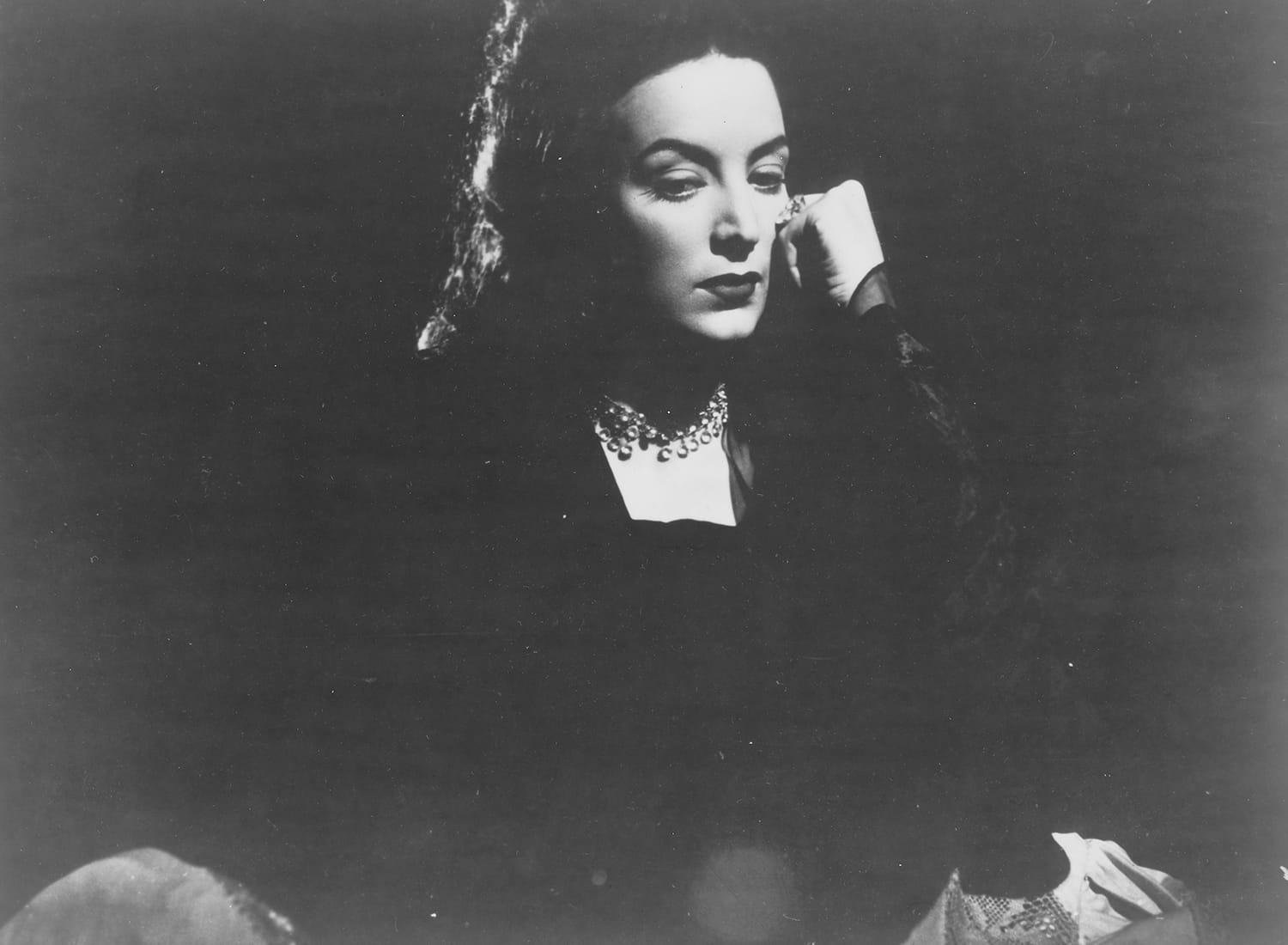
They called her "everyone's woman," but María Félix made sure she was no one's fool. This film is a masterclass in owning your narrative. Don't miss it at MoMA's "La Doña" festival. Credit: UNAM
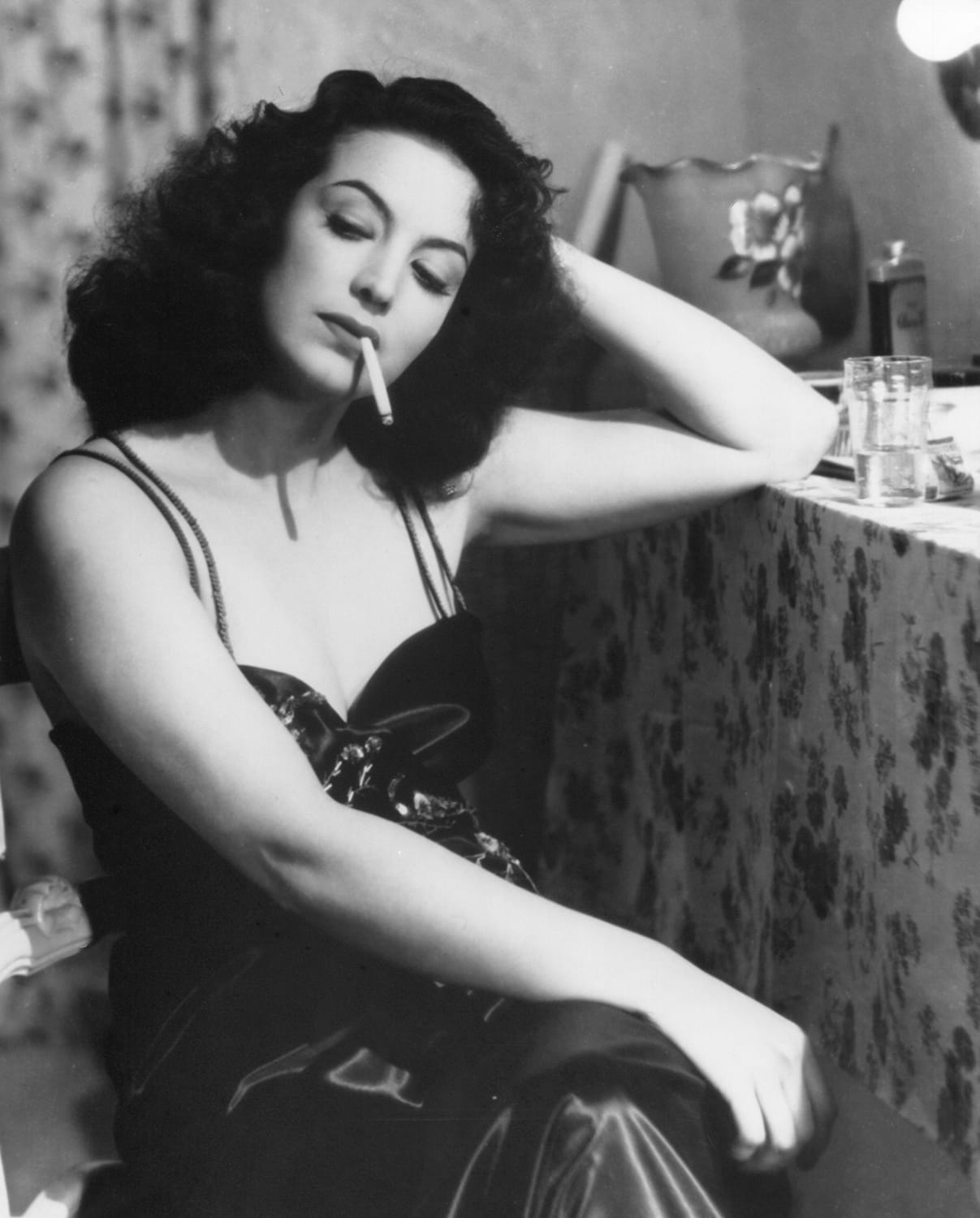
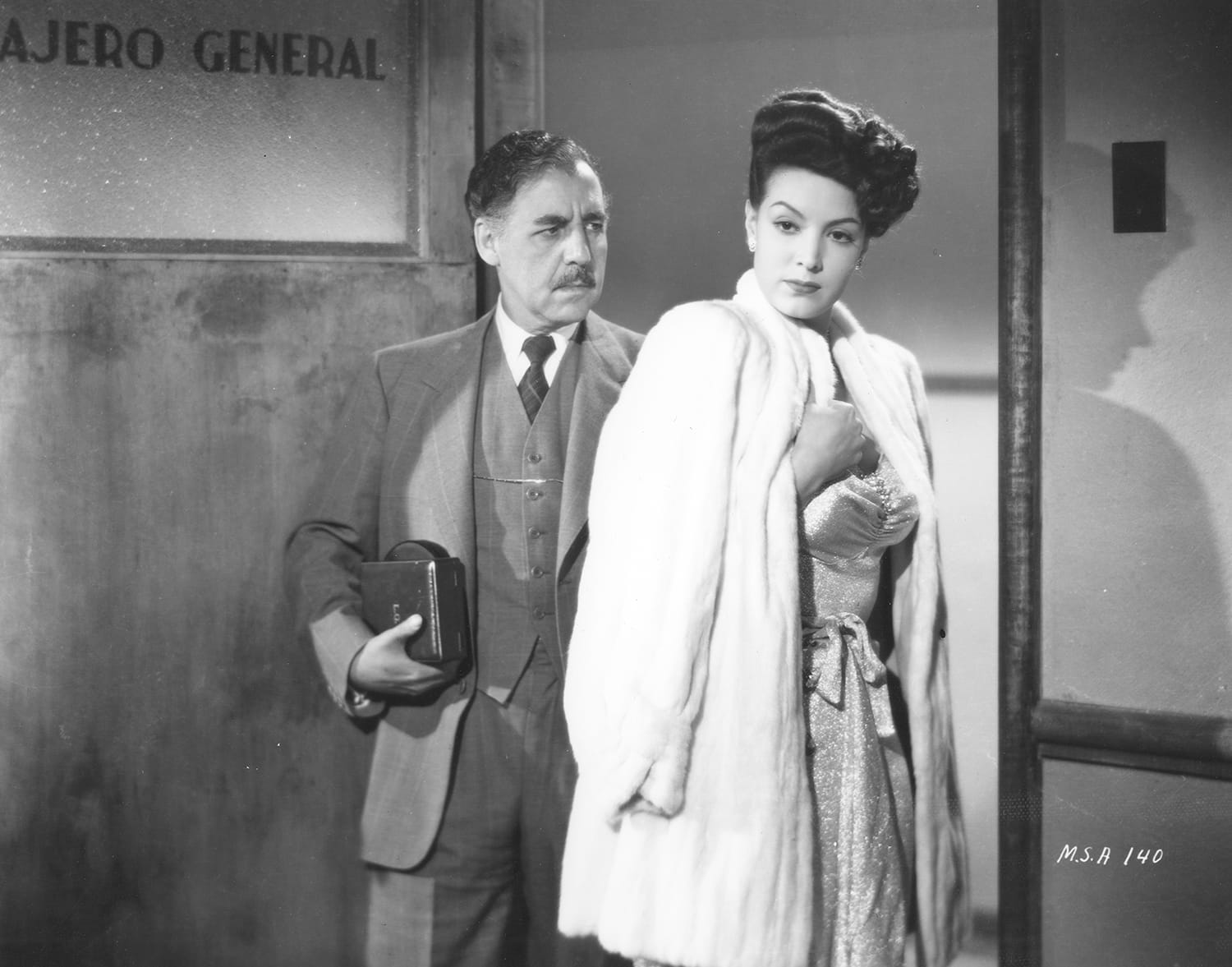
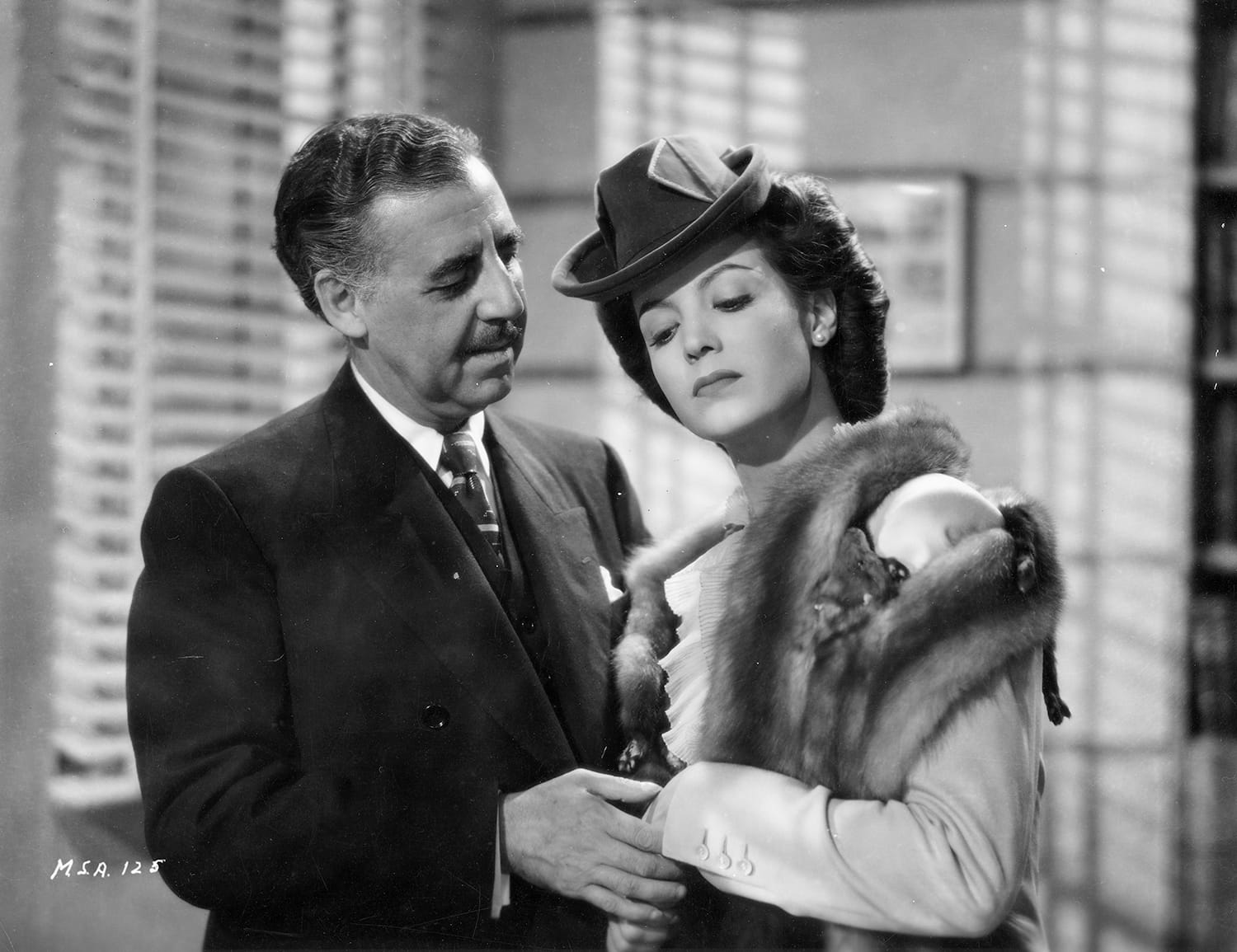
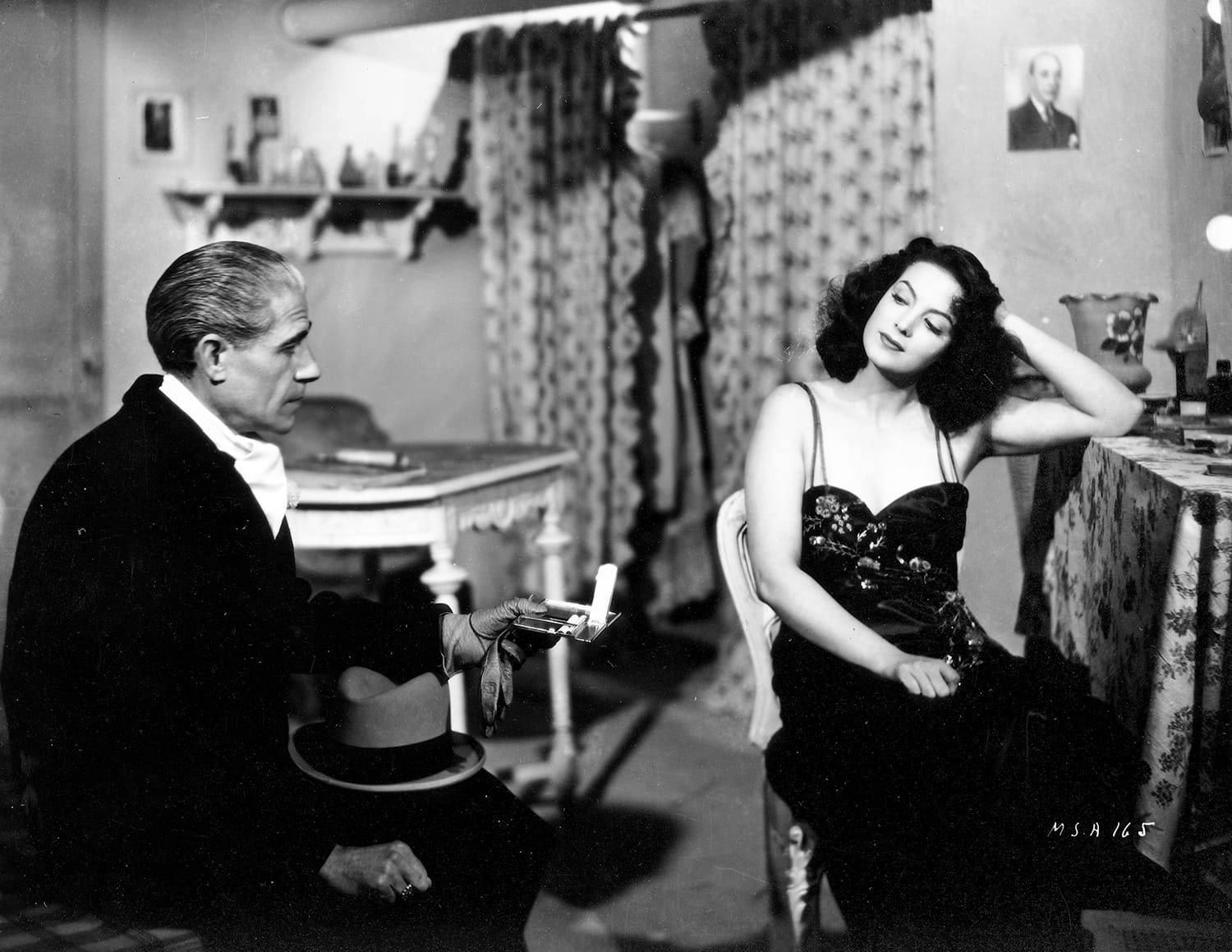
When they say you have "no soul" but you're still María Félixing your way through life like a boss. Catch this drama queen classic, La mujer sin alma, at MoMA. Credit: UNAM
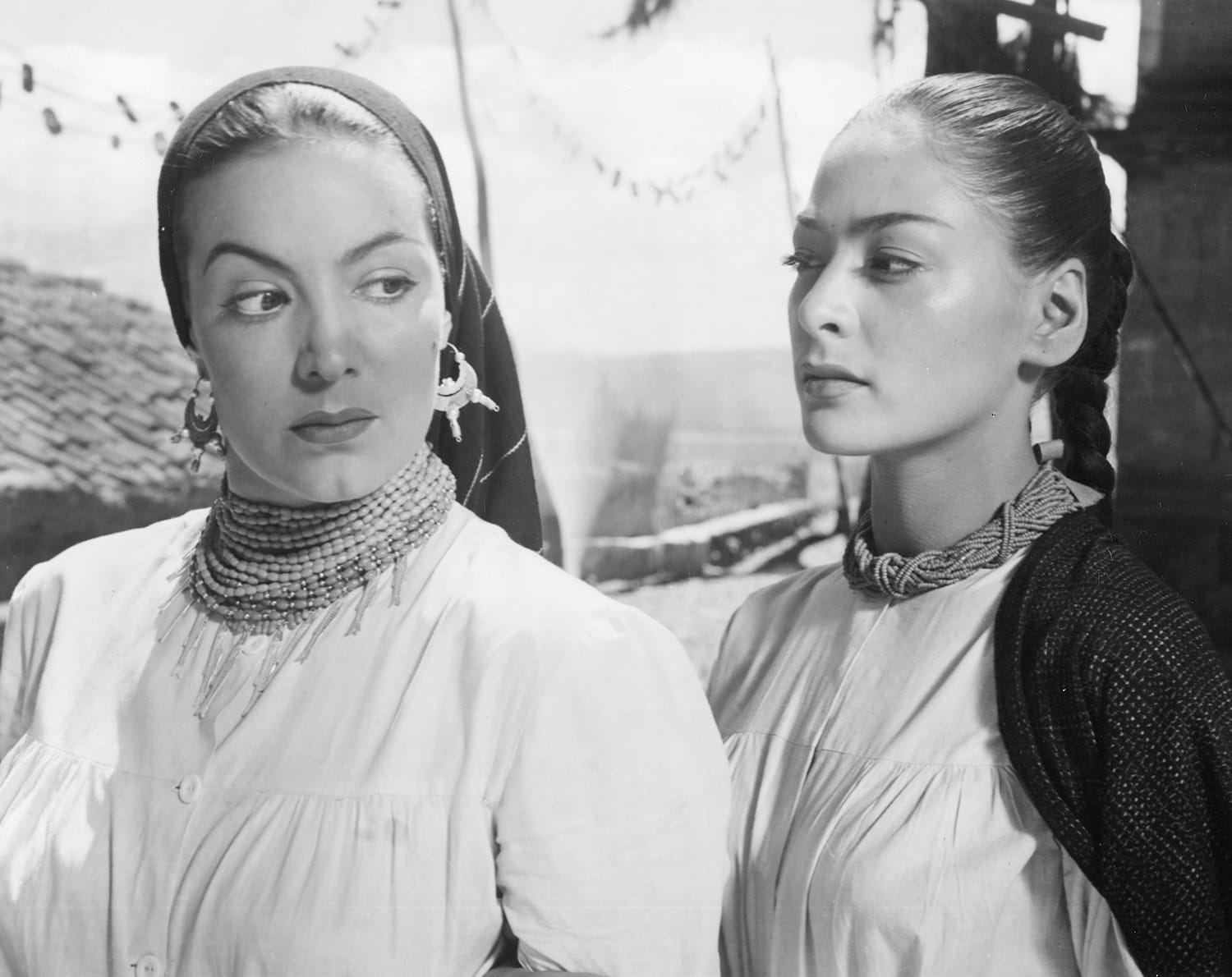
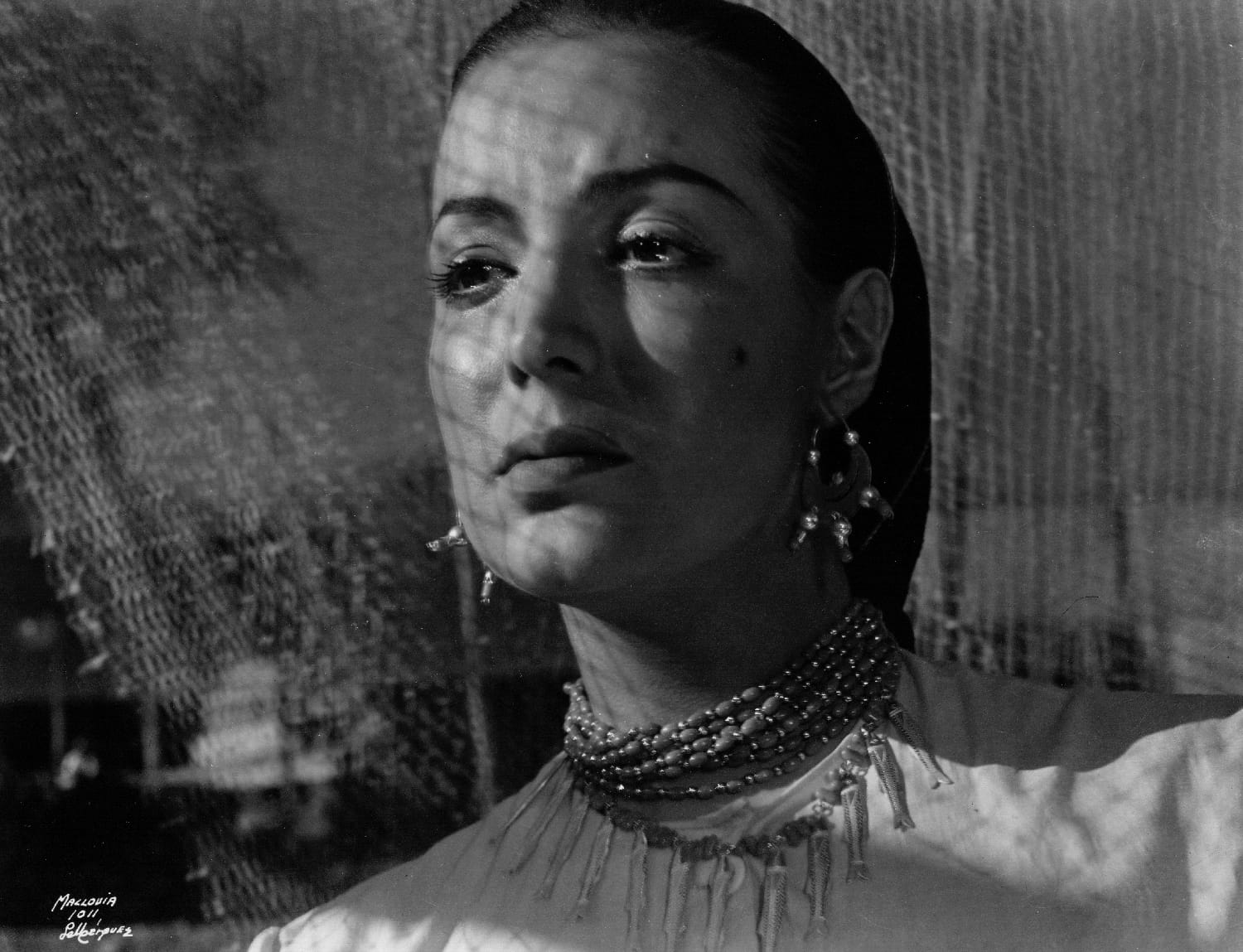
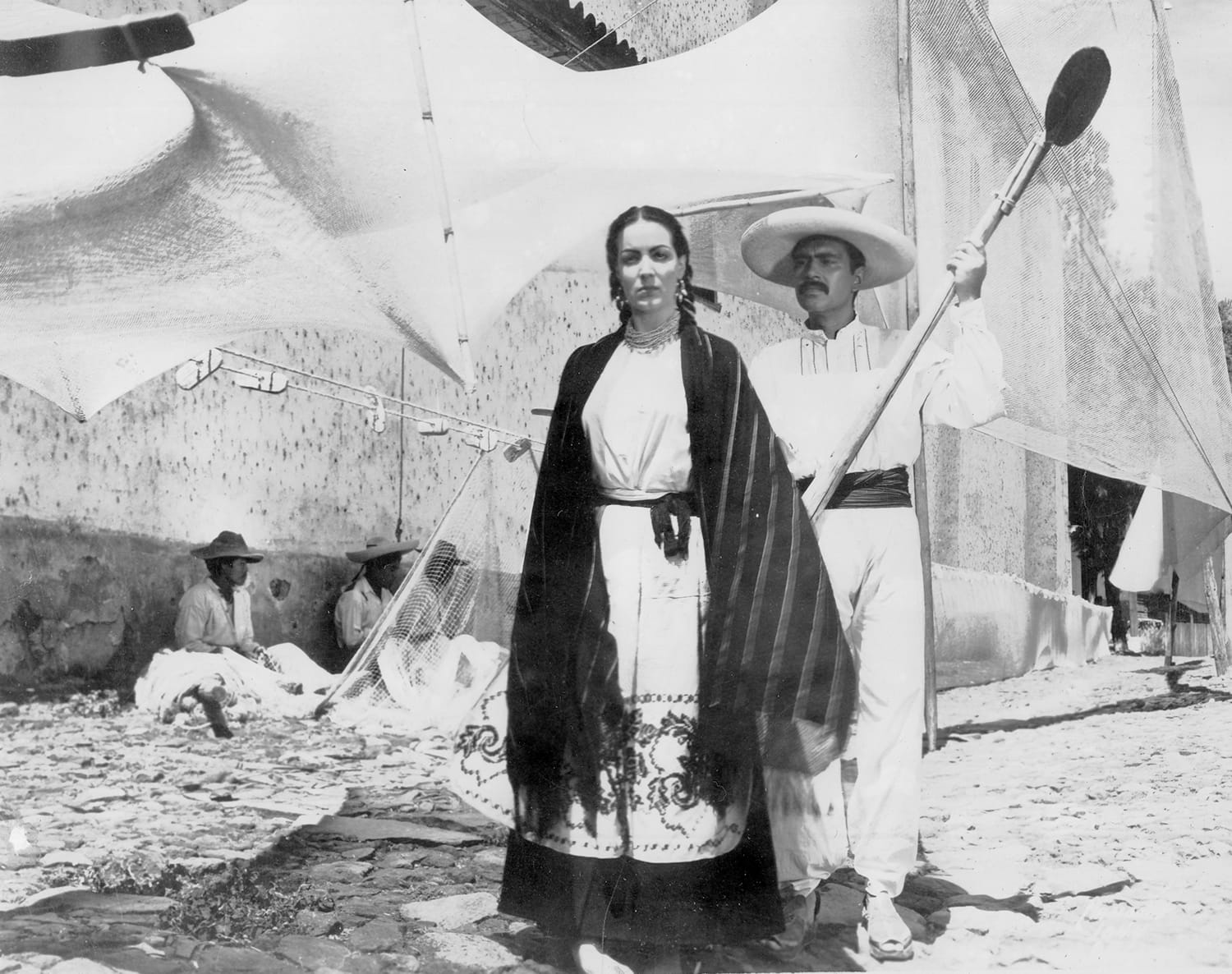
When you're trying to win hearts but also navigate intense drama in a picturesque fishing village. María Félix in Maclovia understood the assignment. See this 1948 classic at MoMA. Credit: UNAM
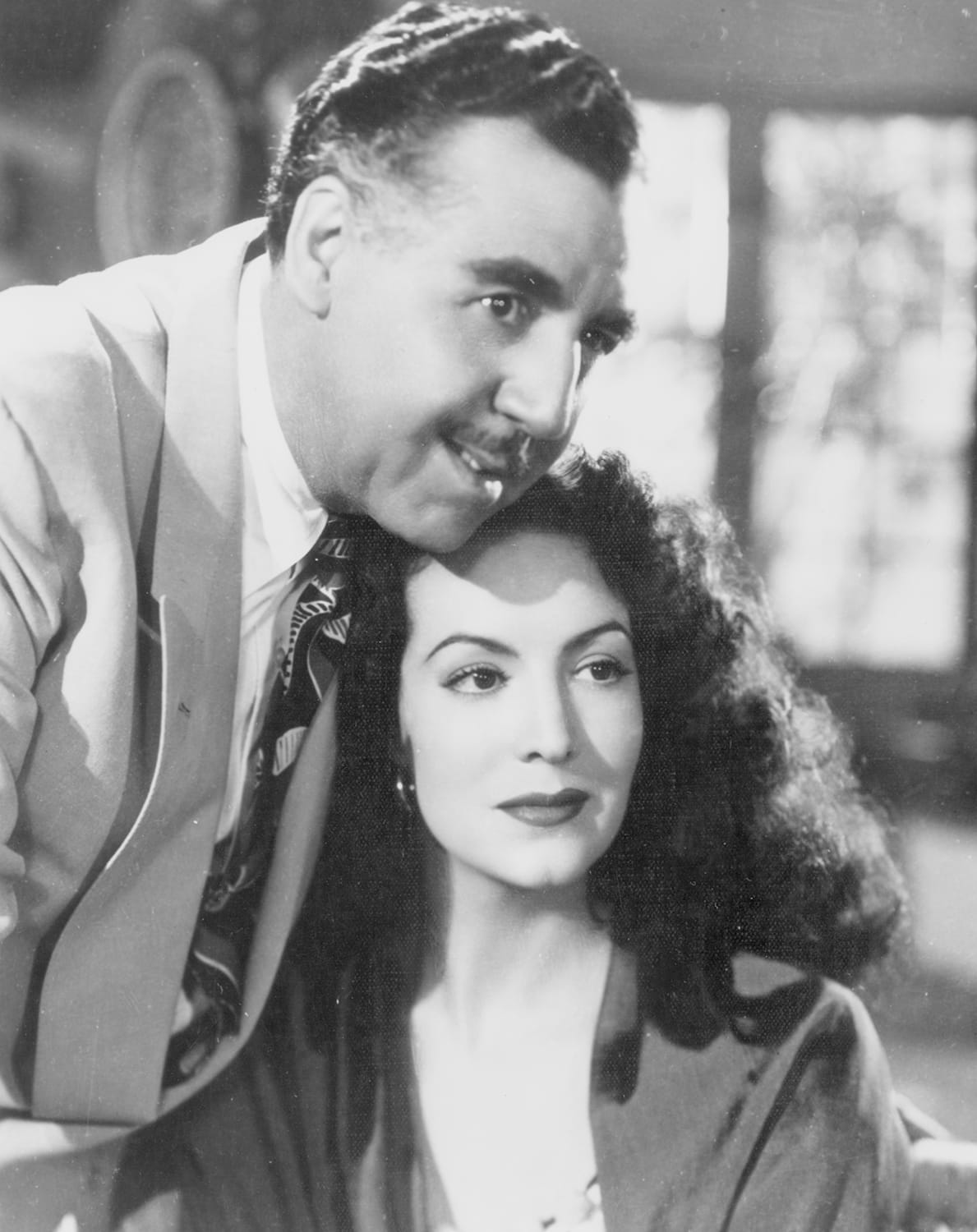
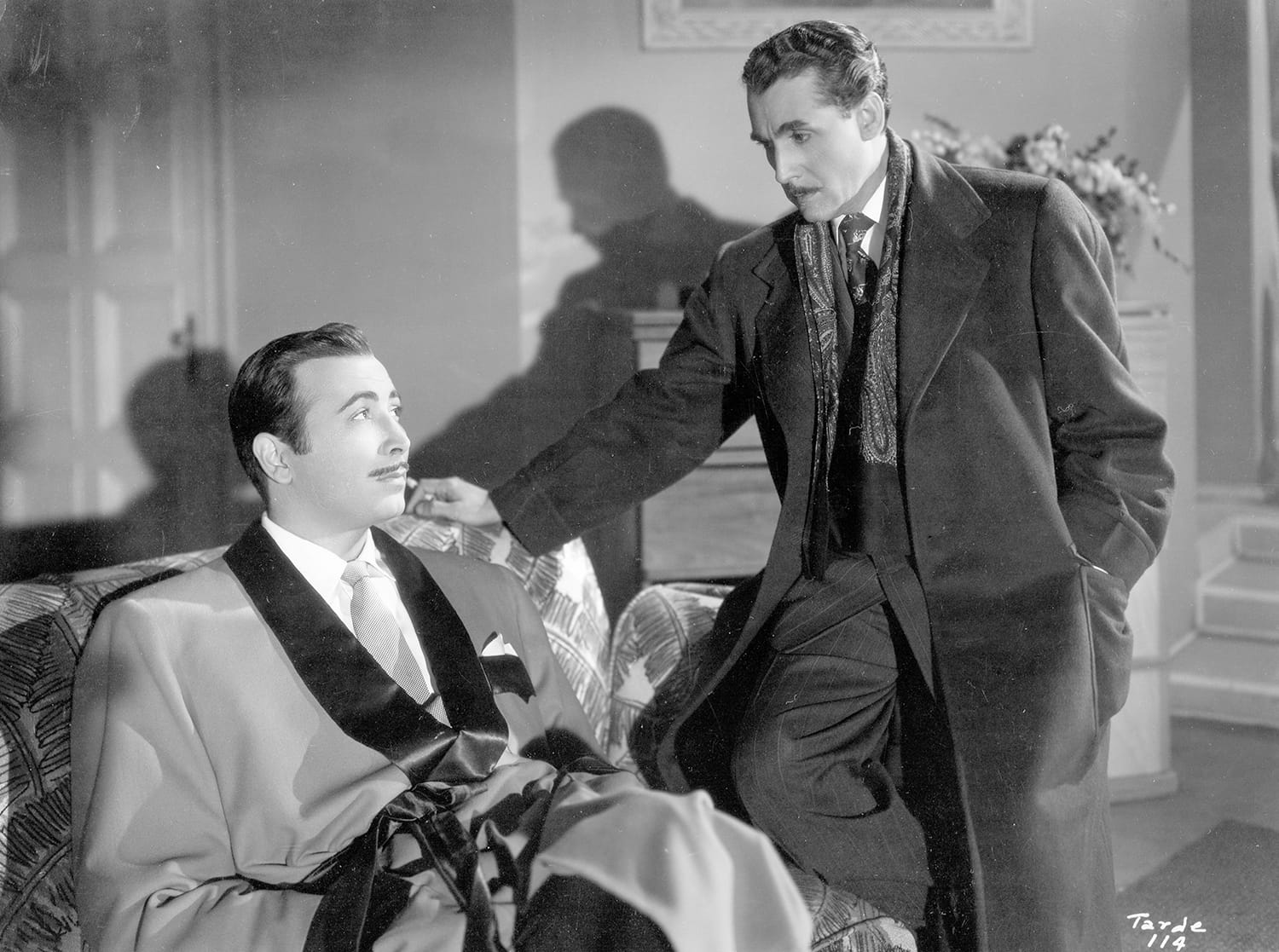
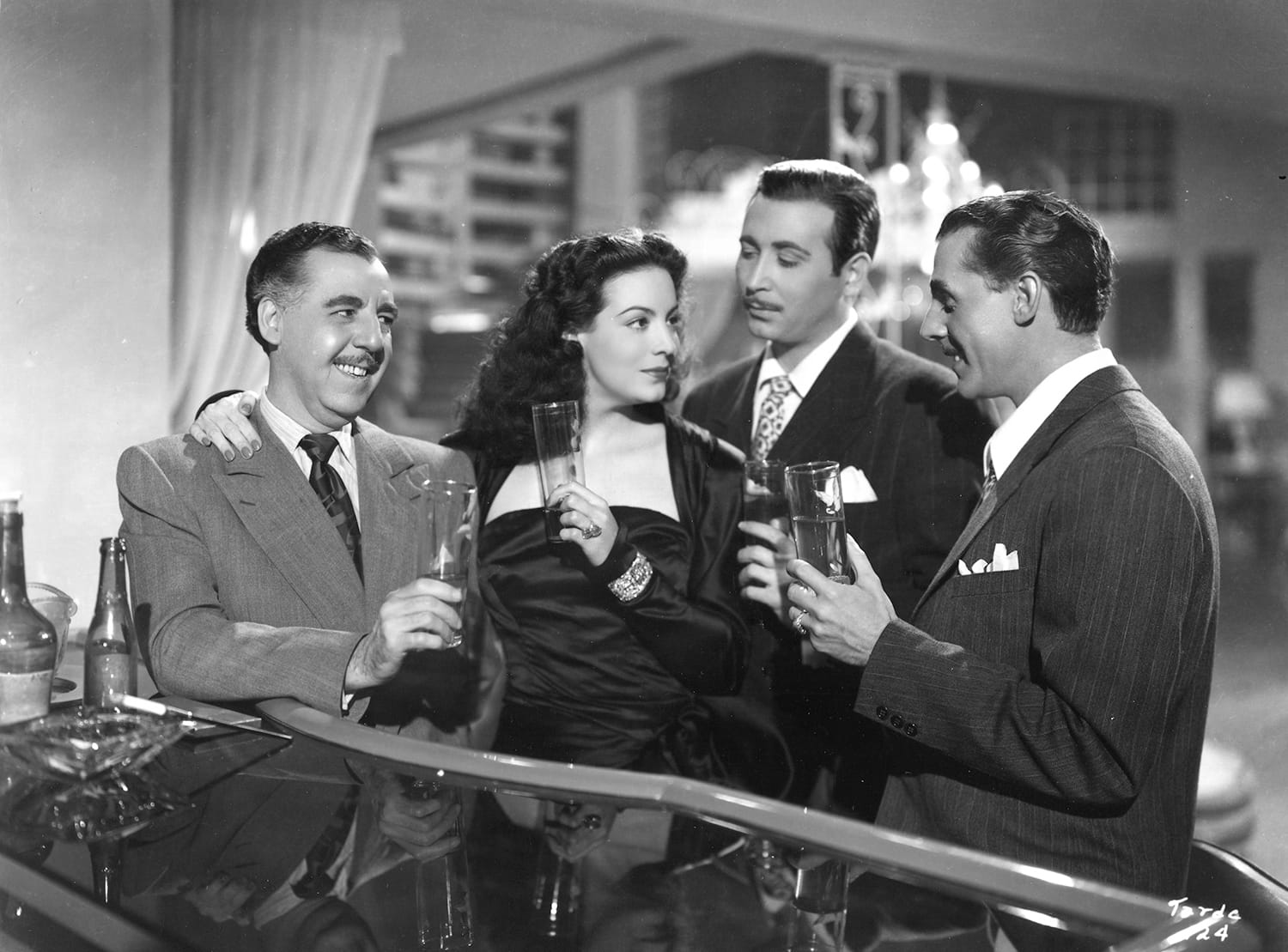
If you're looking for a masterclass in conveying raw emotion and still looking flawless, María Félix in Que Dios Te Perdone is your go-to. She's pure cinematic power. Playing at MoMA's "La Doña" festival. Credit: UNAM
María Félix didn’t just play legends—she became one. And now, New York gets to witness why.




